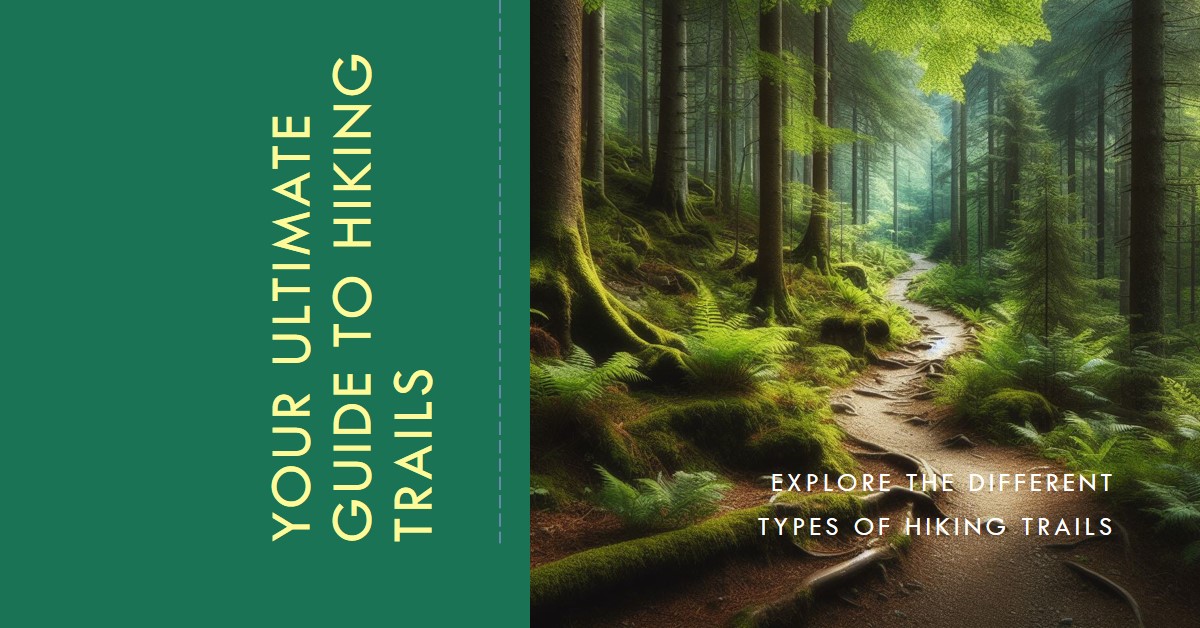Are you a new parent wondering how to use a baby sleeping bag? Look no further! This comprehensive guide will walk you through the process, ensuring your little one enjoys a snug, secure, and peaceful night’s sleep. Baby sleeping bags are designed to provide a safe and comfortable sleeping environment for infants, replacing traditional blankets and sheets and reducing the risk of suffocation and overheating.
Baby sleeping bags come in various sizes, materials, and tog ratings to suit different seasons and temperatures. Using one is simple and straightforward. You just zip your baby into the bag, ensuring it’s snug but not too tight. Make sure the baby’s head and arms are outside the bag to allow for proper airflow. Baby sleeping bags can be used in cribs, bassinets, or Moses baskets, providing a cozy and secure sleep environment for your little one.
Table of Contents
Ensuring Your Baby’s Safety and Security
A baby sleeping bag is a fantastic tool for keeping your baby safe and secure while they sleep. It eliminates the need for loose blankets, which can pose a suffocation risk. With a sleeping bag, your baby stays snug and warm without the worry of having their face covered. It provides a comfortable and secure environment for your little one to rest peacefully.
One of the biggest benefits of using a baby sleeping bag is its ability to prevent accidental suffocation. The design of the sleeping bag ensures that your baby’s airway remains clear and unobstructed throughout the night. This significantly reduces the risk of Sudden Infant Death Syndrome (SIDS), which is often associated with suffocation hazards.
Using a baby sleeping bag gives parents peace of mind knowing that their baby is sleeping in a safe and secure manner. It is an essential item for every baby’s sleep routine, providing comfort, warmth, and most importantly, a safe sleeping environment.
Promoting Better Sleep for Your Baby
A baby sleeping bag is a great tool to encourage better sleep for your baby. It promotes deeper and longer sleep by providing a cozy and secure environment. The sleeping bag eliminates the need for loose blankets that can pose a suffocation risk. It also helps to maintain a constant body temperature, ensuring that your baby stays comfortably warm throughout the night.
Choosing the Right Size and Fit
Choosing the right size for your baby’s age and weight is essential when using a baby sleeping bag. To ensure a snug and secure fit, it is important to consider the measurements provided by the manufacturer. Most baby sleeping bags are available in various sizes, typically categorized based on age range and weight. It’s crucial to find a size that allows room for movement and growth, but is not too loose to pose a suffocation risk. When selecting a baby sleeping bag, refer to the size chart provided and compare it to your baby’s age and weight. Remember, it’s always better to choose a slightly larger size than a smaller one. Moreover, a well-fitted sleeping bag helps maintain a comfortable temperature for your baby throughout the night, promoting a better and safer sleep environment.
Considering Material and Construction
When choosing a baby sleeping bag, it is important to pay attention to the material and construction of the product. Opting for natural and breathable fabrics is recommended to ensure the comfort and safety of your baby. Look for sleeping bags made from materials such as cotton or bamboo, as these are soft, hypoallergenic, and gentle on the baby’s delicate skin.
In addition to the fabric, it is crucial to check for quality stitching and closures. This ensures that the sleeping bag is durable and will withstand regular use and washing. Poorly stitched sleeping bags can pose a safety hazard as loose threads can become entangled or unravel.
Furthermore, secure closures such as zippers and snaps are essential in keeping the sleeping bag secured and in place. It is advisable to choose sleeping bags with well-constructed closures that are easy to use but secure enough to prevent any accidental openings.
Understanding the Tog Rating
When it comes to using a baby sleeping bag, understanding the TOG rating system is crucial. The TOG rating measures the warmth and insulation provided by the sleeping bag. It is important to choose the appropriate TOG rating for different seasons to ensure your baby stays comfortable and safe during sleep.
The TOG rating system ranges from 0.5 to 2.5, with higher ratings providing more warmth. For warmer seasons, a lower TOG rating between 0.5 and 1.5 is recommended to prevent overheating. On the other hand, for colder months, a higher TOG rating between 2.0 and 2.5 is more suitable to keep your baby warm during sleep.
Remember, it is essential to consider the ambient room temperature and the clothing layers your baby is wearing underneath the sleeping bag. Dress your baby accordingly to ensure they stay comfortable throughout the night.
Choosing the Right Zipper and Fastenings
When it comes to using a baby sleeping bag, one important aspect to consider is the zipper and fastenings. These play a crucial role in ensuring the bag stays securely in place and provides comfort for your little one.
When selecting a baby sleeping bag, you may come across options with side or front zippers. Side zippers are great for easy diaper changes throughout the night, as you can simply unzip the bag from the bottom. On the other hand, front zippers are convenient for undressing and dressing your baby.
It’s essential to choose a sleeping bag with easy-to-use fastenings. Look for ones that are secure but not too tight, ensuring your baby’s comfort and safety. Fastenings that are adjustable can be advantageous as they allow you to customize the fit according to your baby’s size.
In conclusion, when using a baby sleeping bag, consider the type of zipper and fastenings that would be most practical and comfortable for both you and your little one.
Step 1: Dress Your Baby Appropriately
When using a baby sleeping bag, it is important to choose the right clothing layers based on the room temperature to ensure your little one is comfortable and safe. First, avoid overheating by dressing your baby in light and breathable clothing if the room is warm. This can include a short-sleeved onesie or a light sleep sack. On the other hand, in cooler temperatures, opt for warm and cozy clothing such as long-sleeved pajamas or a bodysuit with a sleep sack. The key is to strike a balance between keeping your baby warm without causing overheating.
Step 2: Prepare The Sleeping Environment
Creating a safe and comfortable sleep space for your baby is essential for a good night’s rest. Start by removing any hazards that could pose a risk to your baby while they sleep. This includes pillows, soft toys, and loose bedding that could potentially suffocate them. Keep the crib or bassinet clear of any objects and ensure that the mattress fits snugly in the bed frame.
Proper ventilation is also crucial for your baby’s sleeping environment. Make sure the room is well-ventilated to prevent overheating and promote airflow. Consider using a fan to circulate air, but ensure it is placed away from your baby’s reach.
By creating a safe and comfortable sleep space, you can help provide your baby with the best conditions for a restful night’s sleep.
Step 3: Put Your Baby In The Sleeping Bag
Sliding the baby’s legs into the sleeping bag is the first step in securing your baby comfortably. Gently lift your baby’s bottom and slide their legs into the bag, ensuring that their feet are at the bottom. Next, adjust the shoulder straps by loosening or tightening them to ensure a snug fit. It’s important to check that the bag is not too tight or too loose on your baby. The fastenings, usually zip or popper, should be securely closed without obstruction. This prevents your baby from wriggling out of the bag while sleeping, ensuring their safety throughout the night. Remember, always follow the instructions provided by the manufacturer for the specific sleeping bag you have chosen for your baby.
Step 4: Monitor Your Baby’s Comfort
It is crucial to check for signs of overheating or discomfort when your baby is using a sleeping bag. While these bags are designed to provide a safe and comfortable sleep environment, it is still important to be vigilant.
Pay attention to cues from your baby such as sweating, redness, or fussiness, as these may indicate that they are too warm. Adjust their clothing or bedding accordingly, ensuring that they are neither too hot nor too cold.
Baby sleeping bags are available in different tog ratings, which indicate their warmth. Choosing the appropriate tog rating for the season and adjusting the baby’s clothing layers can help maintain their comfort throughout the night.
Remember to regularly check on your baby during their sleep to ensure they are comfortable and not experiencing any discomfort or overheating. By doing so, you can provide a safe and peaceful sleep environment for your little one.
Step 5: Follow Safe Sleeping Practices
Placing the baby on their back to sleep is an














